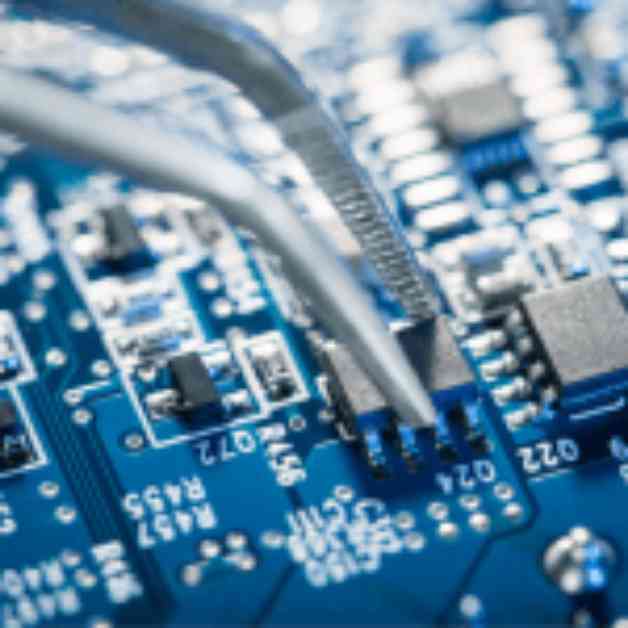MIT physicists have recently unveiled a groundbreaking transistor technology that has the potential to revolutionize the field of electronics. This new transistor, constructed using a ferroelectric material, is the result of years of dedicated research and innovation by a team led by Pablo Jarillo-Herrero and Raymond Ashoori.
What sets this transistor apart from conventional electronics is its ultrathin design and unique configuration that separates positive and negative charges into different layers. When an electric field is applied, the layers of the ferroelectric material shift, altering the material’s electronic properties in a remarkable way.
One of the key advantages of this new transistor is its ability to switch between positive and negative charges at incredibly fast speeds, making it ideal for high-performance computing and data processing. Furthermore, the durability of the transistor is exceptional, with no signs of degradation even after an impressive 100 billion switches.
The ultrathin nature of the transistor also opens up possibilities for denser computer memory storage and more energy-efficient transistors. While the potential of this technology is vast, there are still challenges that need to be overcome before it can be widely adopted.
The research team is actively exploring alternative methods for triggering ferroelectricity and pushing the limits of the material’s switching capabilities. The current production method for these new ferroelectric materials is complex and not suitable for mass manufacturing, but with further research and development, this technology could have a profound impact on future electronics.
In a statement, Ashoori expressed his excitement about the possibilities that this new technology holds, emphasizing that it could truly change the world in the next 10 to 20 years. The team’s research has been published in the prestigious journal Science, showcasing the significance of their work in the field of physics and electronics.
As we look towards the future of electronics, innovations like this transistor technology from MIT offer a glimpse of what’s to come. With continued research and advancements in the field, we may soon see a new era of electronics that are faster, more durable, and more energy-efficient than ever before.












